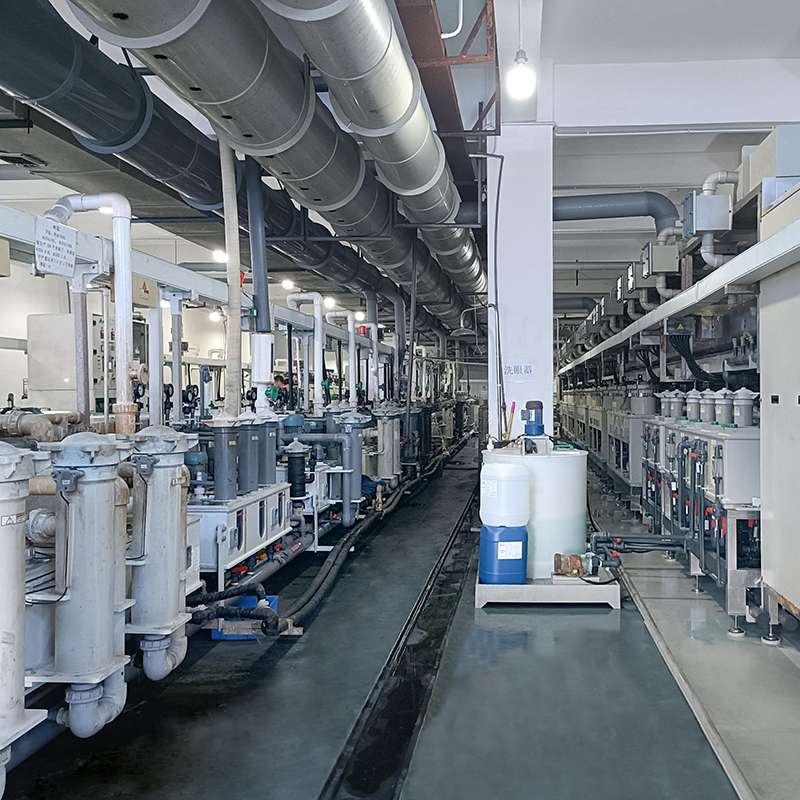Are there any specific design rules for PCB prototyping? With 15 years of circuit board experience, Capel provides rapid circuit board prototyping services, patch assembly services, and one-stop solutions to answer this question and provide valuable insights. In this blog post, we’ll explore various aspects of PCB prototyping rules, their importance, and how Capel’s expertise can benefit your PCB project.
Designing printed circuit board prototypes requires careful attention to specific rules and guidelines to ensure functionality, efficiency, and reliability of the final product. These design rules serve as a roadmap for engineers and designers, outlining the constraints and considerations required for successful PCB manufacturing.
Key factors in PCB design rules:
1. Component placement:
Effective component placement plays a vital role in PCB design as it affects signal integrity, thermal management, and the overall manufacturability of the board. Designers must consider component orientation, spacing, and interconnectivity to minimize signal interference and ensure effective heat dissipation.
2. Cabling and routing:
Trace routing on a PCB is critical to signal integrity and performance. Designers need to define proper trace width, thickness, and spacing to avoid crosstalk, impedance mismatch, and excessive signal loss. Adhering to these design rules ensures that your PCB operates optimally within its target specifications.
3. Power layer and ground layer:
Proper management of power and ground planes is critical to reducing noise, ensuring stable power distribution, and minimizing the risk of electromagnetic interference. By integrating dedicated planes for power and ground, designers can achieve better EMI performance, voltage stability, and higher signal integrity.
4. Design for Manufacturability (DFM):
Designing PCB prototypes that are easy to manufacture is critical to avoid delays, reduce costs, and ensure high-quality production. Design rules also include DFM guidelines such as minimum drill size, copper-to-edge distance, and appropriate clearance to facilitate seamless mass production.
5. Maximum current density:
PCB prototyping rules also consider the maximum current density of traces and copper planes. By determining proper trace width and thickness, designers can prevent excessive current flow, resistor heating, and potential PCB failure.
The importance of following PCB prototyping rules:
There are several benefits to adhering to specific design rules for PCB prototyping:
1. Enhance signal integrity:
By following design rules related to trace routing, spacing, and impedance control, you can maintain signal integrity, minimize reflections, and prevent unwanted EMI effects. This ultimately improves PCB performance and reliability.
2. Reduce costs:
Designing PCB prototypes with proper manufacturability in mind can help reduce production costs. By ensuring that the design adheres to standard manufacturing processes, tolerances, and component dimensions, you can avoid additional manufacturing steps and potential rework, resulting in cost-saving advantages.
3. Time optimization:
Design rule compliance speeds up the prototype development process. By following established design guidelines, you can minimize the time spent troubleshooting, iteration, and modifications. This speeds up PCB prototyping cycles and reduces product time to market.
Capel: Your trusted PCB prototyping partner
Capel has 15 years of experience in this field and provides comprehensive PCB prototyping services and more. We understand the importance of design rules and how they impact your final product. Our team of skilled engineers and designers work closely with clients to ensure design rules are followed and optimal results are achieved.
At Capel, our rapid circuit board prototyping services enable fast turnaround times without compromising on the quality of the prototype. By leveraging our expertise, you can accelerate your product development cycle and stay ahead of the competition.
Additionally, our SMD assembly services seamlessly integrate components onto your PCB prototype, ensuring accurate placement and precise soldering. With state-of-the-art equipment and a commitment to excellence, we guarantee high-quality assembly results.
Capel’s one-stop solutions cover a range of services including PCB design, manufacturing, testing and assembly. By partnering with us for your PCB prototyping needs, you get a dedicated team ensuring your project gets the attention and expertise it deserves.
In summary
Specific design rules are critical to successful PCB prototyping. By paying careful attention to component placement, routing, power and ground planes, DFM considerations, and current density, designers can optimize performance, reduce cost, and accelerate product development. Capel’s extensive experience, rapid prototyping services, patch assembly services and one-stop solutions further enhance the PCB prototyping process, enabling you to achieve your desired results efficiently and reliably. Discover the benefits of Capel’s expertise today and take your PCB prototyping projects to new heights.
Post time: Oct-16-2023
Back







